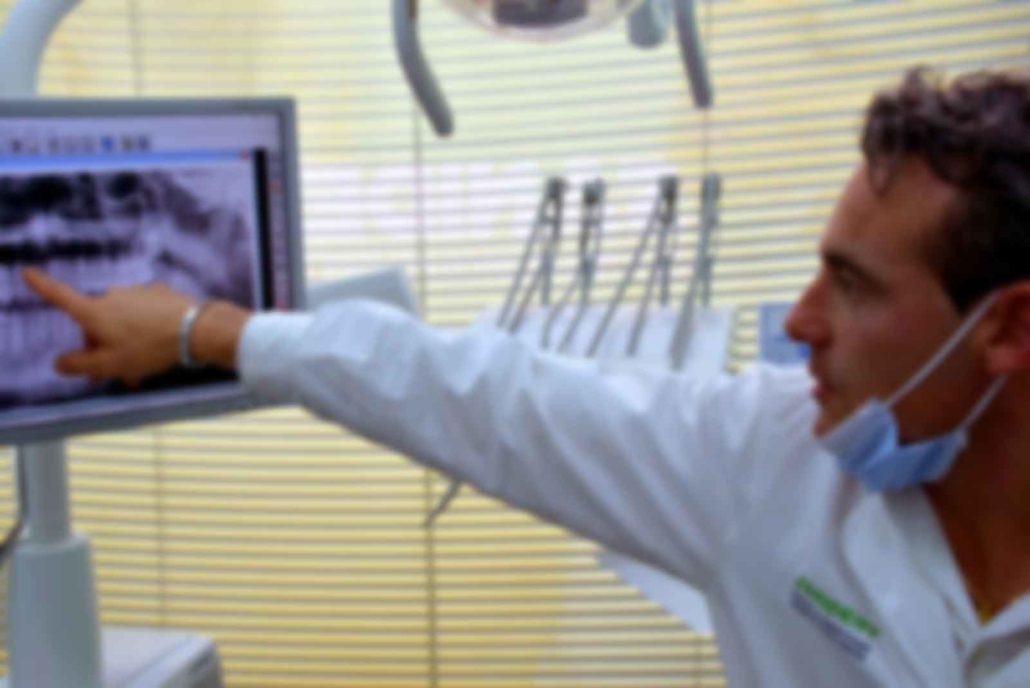Patients in radiotherapy can have very strong and late side effects compared to the actual cancer treatment, among the side effects there are also those affecting the oral cavity, one of the most serious is osteoradionecrosis.
Osteoradionecrosis: a side effect of radiotherapy
Radiation therapy is a common treatment for head and neck cancers, radiation can cause, over time, bone necrosis, osteoradionecrosis, which mainly affects the bones present in the therapeutic radiation fields, therefore mainly those of the oral cavity. , head and neck.
It is a very difficult pathology to treat, whenever possible surgical therapy is used: conservative, demolition or replacement, with bone transplants or with prostheses.
Patients in radiotherapy with osteoradionecrosis: how to intervene
For radiotherapy patients presenting with osteoradionecrosis, the quality of life is decidedly poor.
Who presents this pathology following radiotherapy has a strong impact on:
- language;
- chewing;
- swallowing (which presents severe pain).
Treatments are often invasive and not always effective, which is why dentistry is focusing a lot on the prevention of osteoradionecrosis for patients undergoing radiotherapy.
Extraction of compromised teeth
In patients undergoing radiotherapy, non-functional teeth or teeth affected by periodontitis within the oncology treatment field should be extracted before the start of cancer treatments to prevent the risk of osteoradionecrosis.
In a recent study, published in the British Journal of Oral and Maxillofacial Surgery in June 2021, researchers examined whether the incidence of osteonecrosis could be different among radiotherapy patients who had undergone dental extractions before or after therapy.
The analysis included 24 out of 708 studies identified and involved clinical cases of patients with head and neck malignancies and comorbidities.
The study found that for patients who performed extractions before radiotherapy:
- a complete dental visit in order to optimize oral health is essential to minimize the risk associated with subsequent invasive dental procedures;
- tooth removal before radiotherapy should be undertaken with care for preventive use;
- a maximum time for healing after extractions should be allowed before starting radiotherapy treatment;
- an atraumatic surgical technique is important to maintain the integrity of the soft tissues.
The conclusions instead for the extractions performed after radiotherapy are:
- an atraumatic surgical technique is important to minimize the risk of osteoradionecrosis;
- when multiple extractions are indicated, a gradual approach of limited extractions is recommended to allow healing between them;
- factors such as alcohol and tobacco consumption and poor oral health appear to be more predictive for the development of osteoradionecrosis than the time between radiotherapy and extraction.
In fact, more research is needed to establish a safe timing for tooth extractions in radiotherapy patients to advance knowledge in this field.











